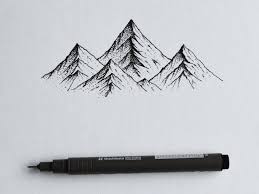What is Art and How to create Art?
What is Art and How to create Art.
What is art?
Art is a form of human expression that encompasses a wide range of creative activities, including visual arts (such as painting, sculpture, and photography), performing arts (such as theater, dance, and music), literature, and more. It is a medium through which individuals communicate emotions, ideas, and perspectives, often transcending language or cultural barriers. Art can be abstract, representational, or functional, and it can exist in many forms and styles.
The Purpose of Art
Art serves several purposes:
- Expression: It allows individuals to communicate their feelings, thoughts, and experiences.
- Aesthetic Experience: Art often provides beauty and pleasure, making our surroundings more enjoyable.
- Cultural Reflection: It mirrors society’s values, struggles, and progress, creating a historical record.
- Emotional Impact: Art can provoke a wide range of emotions, from happiness to sorrow, challenging our ideas and beliefs
- Inspiration: Many artists and viewers find inspiration in art, leading to further creativity and exploration.
How to Create Art: A Step-by-Step Guide
Creating art is a personal journey, and there's no right or wrong way to approach it. However, the following steps can help guide you if you’re new to the process.
1. Find Inspiration
Inspiration can come from anywhere: nature, emotions, music, a specific event, or even your imagination. Sometimes, art is created as a response to a question or a problem. Take time to observe the world around you, read a book, listen to music, or simply reflect on what you feel. Inspiration often strikes unexpectedly, so remain open to ideas.
About Author
My name is Sunyour. An artist with experience in creating unique artworks, blending creativity and technique to express deep emotions and concepts.














.png)
Comments
Post a Comment